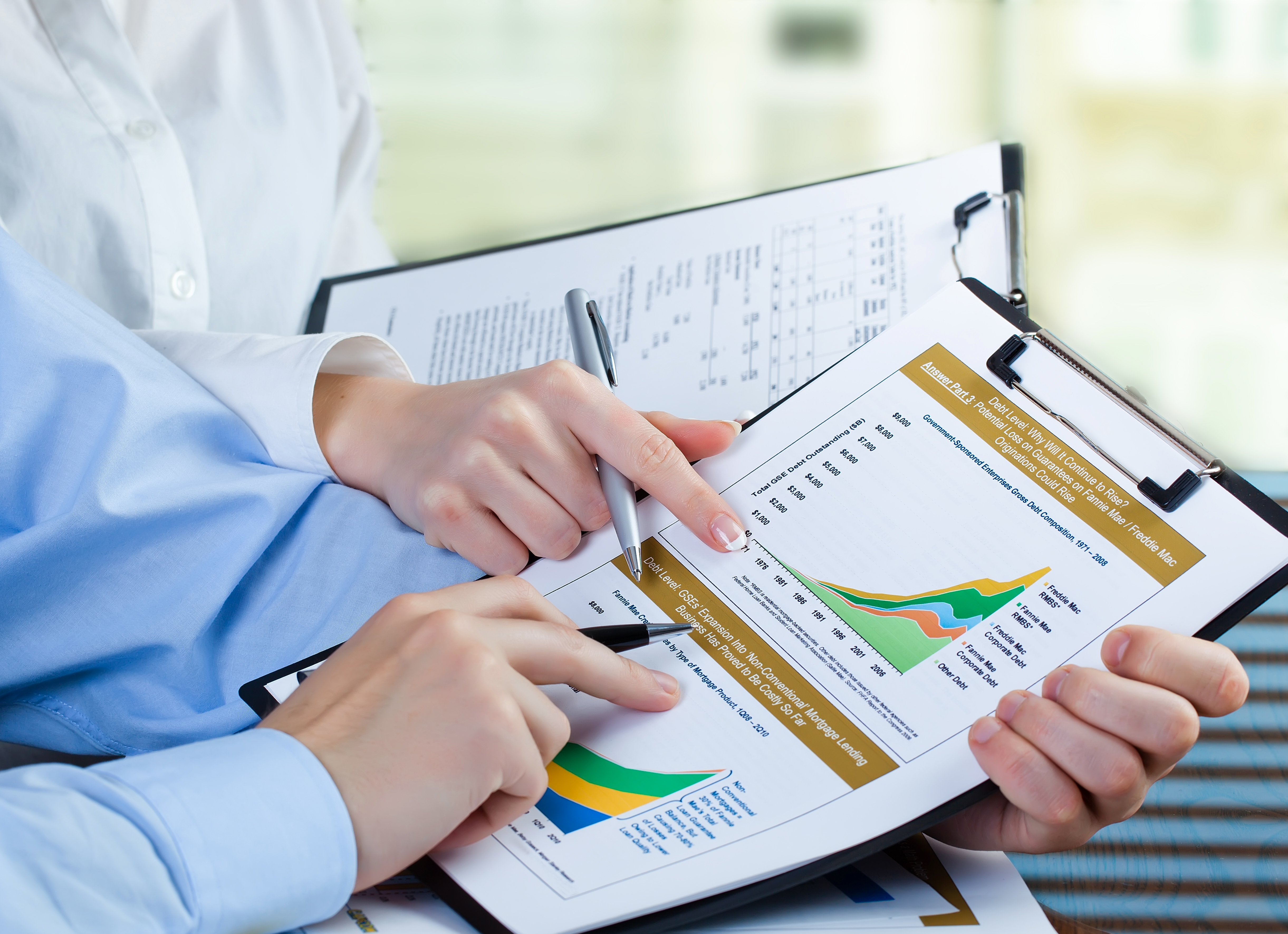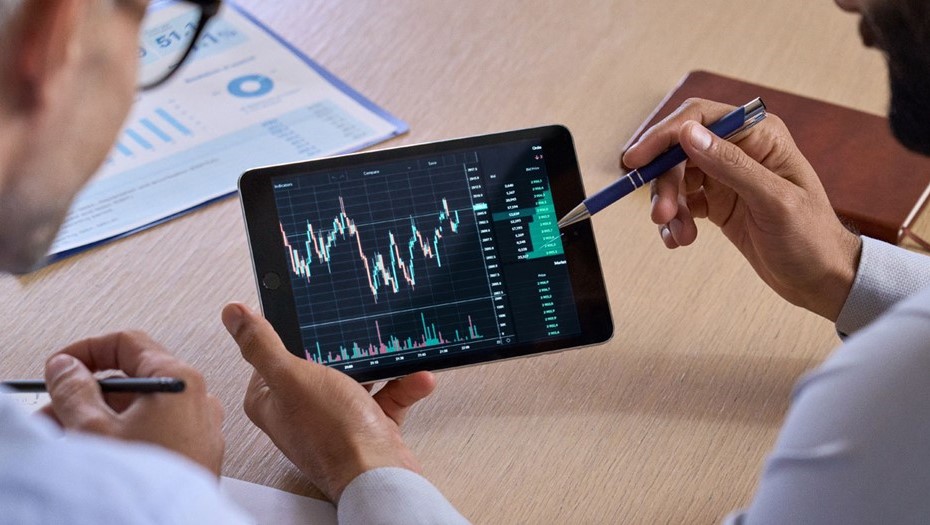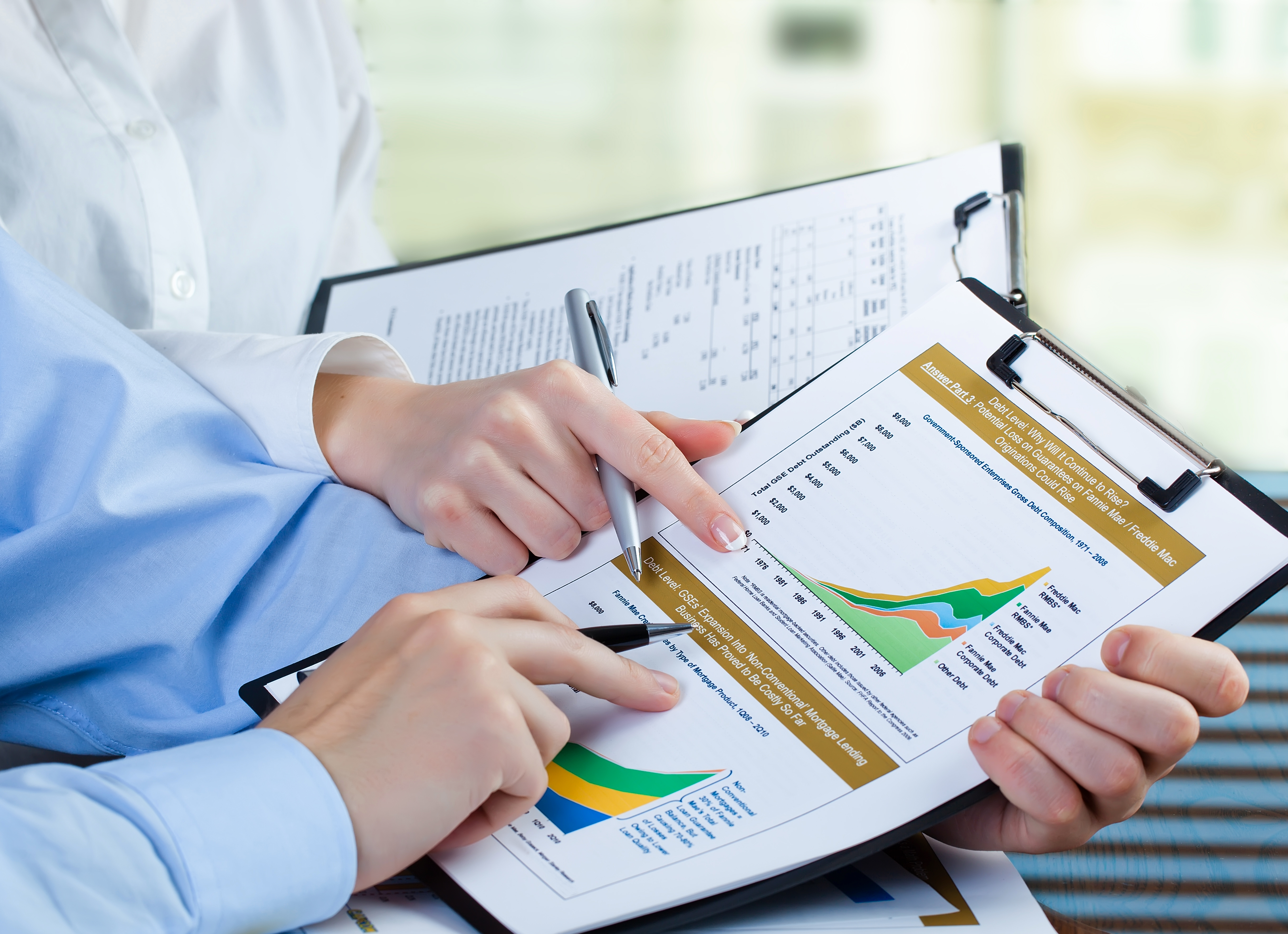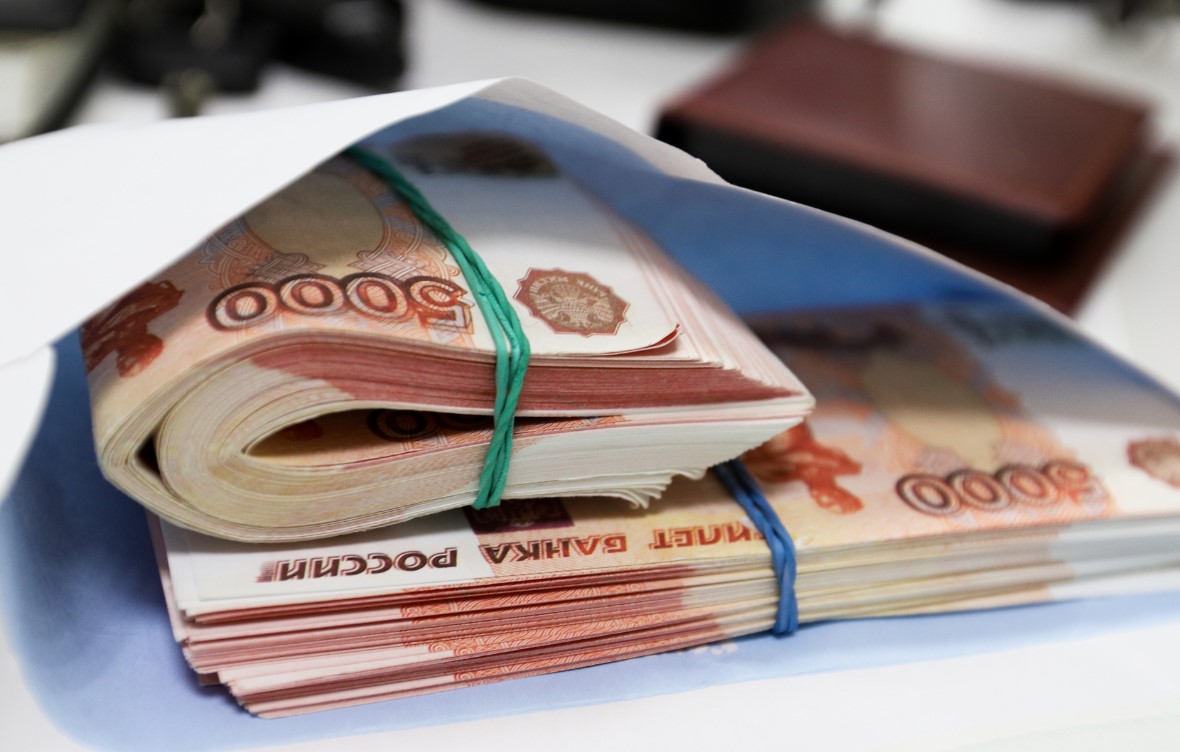Dividends Policy of Gazprom: Payment Forecasts for the Coming Years
Introduction
Gazprom is the largest gas company in the world and a cornerstone of the Russian economy. Investors perceive its dividends policy not only as a source of income but also as an indicator of financial stability and the state’s economic direction. Given the volatility of energy resource prices and changes in the regulatory environment, forecasting the scale of dividends has become a key element of investment planning. This article delves into the principles of Gazprom's dividends policy, analyses the financial foundation for these payments, and examines the impact of macroeconomic, political, and ESG factors, while also offering three-year forecasts for dividends for 2026–2028.
1. Gazprom's Dividends Policy
1.1 Key Principles of Payouts
The Gazprom Board of Directors annually endorses a policy whereby dividends are based on net income under IFRS and free cash flow (FCF). The company allocates at least 25% of net profit and 30% of FCF to dividends, with the actual payment amount determined by the lower of the two metrics. This model accommodates the need for funding strategic projects, including the development of export pipelines and the gasification of Russian regions.
1.2 Mechanism for Calculating Dividends
The payment mechanism consists of three stages: announcement by the Board of Directors, endorsement by the Central Bank of Russia, and approval at the annual shareholders’ meeting. The record date is usually set for May, and payments are made to shareholders in June. Investors who purchase shares before the "ex-date" receive dividends within two weeks following approval.
1.3 Historical Dynamics of Payments
The dynamics of Gazprom’s dividend yield from 2015 to 2024 show fluctuations from 5% to 12% annually. The reduction in payments during 2020–2021 was attributed to falling global gas prices and increased CAPEX. However, starting from 2022, yields returned to the 10–11% range due to the reorientation of exports towards Asian markets and growing domestic demand.
2. Financial Foundation for Payments
2.1 Net Income
In 2024, Gazprom’s net income under IFRS reached 3.2 trillion roubles, reflecting a 15% increase from 2023. If 25% of this amount were allocated to dividends, the payout would be 800 billion roubles.
2.2 Free Cash Flow (FCF)
Free cash flow, calculated as operating cash flow minus CAPEX, exceeded 1.8 trillion roubles. Applying the 30% threshold would yield 540 billion roubles; however, the actual payout of 650–700 billion roubles accounts for both parameters.
2.3 CAPEX Metrics
CAPEX for 2024 amounted to 1.4 trillion roubles, with 45% aimed at projects such as "Power of Siberia-2" and the modernisation of the gas transport system, 30% directed towards expanding service capabilities, and 25% allocated to local infrastructure projects. Such expenditures impact FCF and, consequently, dividend amounts.
2.4 Technical Calculations of Price Change Effects
Example: an increase in the average gas price by $100 results in a revenue increase of 400 billion roubles (4 billion m³ × $100/1,000 m³ × 75 roubles/$). This adds approximately 100 billion roubles to net income and allows for an increase of 25 billion roubles in dividends while maintaining the payout ratio.
3. Impact of Macroeconomic and ESG Factors
3.1 Gas Prices
Gas prices on the European market have dropped from $1000 to $600 per 1,000 m³; however, Asian contracts costing $800–900 have provided compensation. A decline in the average price to $500 results in a forecasted payment decrease of approximately 10–15%.
3.2 Exchange Rate of the Rouble
Fluctuations in the rouble (55–85 to the dollar) affect the rouble-denominated earnings from exports. Currency hedging and diversification of contracts mitigate this effect, but investors must consider potential losses from agreements not denominated in roubles.
3.3 Political and Sanction Risks
EU and US sanctions have restricted access to European markets and technologies, leading to increased CAPEX and infrastructure maintenance costs. Nevertheless, governmental support through budgetary programmes and domestic projects has enabled Gazprom to maintain the stability of its FCF and dividends policy.
3.4 ESG Factors
Environmental, social, and governance (ESG) risks affect reputation and access to international financing. Gazprom is implementing projects to reduce methane emissions, enhance energy efficiency, and publish sustainability reports, which bolster investor confidence and reduce capital costs.
4. Regulation and Taxation
4.1 Regulatory Requirements
The Law on Joint Stock Companies and the standards of the Central Bank of Russia stipulate that at least 50% of net profit under RAS should be distributed as dividends. This ensures a minimum level of dividends for shareholders, even if IFRS metrics decline.
4.2 Dividend Tax
Residents are subject to a personal income tax of 13% on dividends, while non-residents face a rate of 15%, as do legal entities. Taxes reduce net yield and influence individual retention strategies for shares.
4.3 State Participation and Budgetary Priorities
The state holds 50.2% of Gazprom’s shares. This provides political support for dividend payments, but decisions are made with consideration of budgetary goals and socio-economic priorities, limiting the company’s flexibility.
5. History of Payments and Consistency
5.1 Dynamics of Payout Ratio
The average payout ratio from 2015 to 2024 was 33%. The minimum was 20% in 2020, while the maximum was 50% in 2022. In 2024, the ratio reached 44%, indicating the company’s commitment to maintaining high yields.
5.2 Comparison with Competitors
Gazprom’s dividend yield (9–11%) surpasses that of Rosneft (8–10%) and Lukoil (6–8%). Gazprom's payout ratio (40–45%) is comparable to Lukoil's (40–50%) and exceeds Rosneft's (30–35%), positioning the company as a leader in yield within the industry.
6. Payment Forecasts for 2026–2028
6.1 Forecasting Methodology
Three scenarios of average gas prices are used for calculating forecasts: baseline ($600), optimistic ($700), and pessimistic ($500), taking into account CAPEX and FCF. Historical correlations between price and free cash flow allow for well-founded assumptions.
6.2 Baseline Scenario
- 2026: 750 billion roubles (40% payout) - 2027: 800 billion roubles (42%) - 2028: 850 billion roubles (43%)
6.3 Optimistic Scenario
- 2026: 850 billion roubles (45%) - 2027: 900 billion roubles (47%) - 2028: 950 billion roubles (48%)
6.4 Pessimistic Scenario
- 2026: 600 billion roubles (35%) - 2027: 650 billion roubles (37%) - 2028: 700 billion roubles (38%)
7. Role of Management and Corporate Decisions
7.1 Decisions of the Board of Directors
The Board of Directors formulates recommendations for dividend payouts based on financial performance and macroeconomic forecasts. Meeting minutes are published on the company's official website to ensure transparency.
7.2 Communication with Investors
Annual meetings are streamed online, with presentations and Q&A sessions available in recorded format. This allows shareholders to access comprehensive information and directly pose questions to management.
8. Comparison with Competitors
8.1 Dividend Yield
- Gazprom: 9–11% - Rosneft: 8–10% - Lukoil: 6–8%
8.2 Payout Ratio
- Gazprom: 40–45% - Rosneft: 30–35% - Lukoil: 40–50%
9. Practical Recommendations for Investors
9.1 Defining Goals and Horizons
Clearly define your dividend yield expectations and investment horizon to select the optimal balance between income and risk, addressing the query "what dividends to expect".
9.2 Portfolio Diversification
Combine Gazprom shares with those of Rosneft, Lukoil, and high-yield bonds to mitigate sector and price risks.
9.3 Monitoring and Rebalancing
Keep track of quarterly reports, gas price forecasts, and changes in CAPEX; rebalance your portfolio at least twice a year to maintain target yield and risk profiles.
10. Conclusion
Gazprom remains one of the most attractive dividend assets due to its robust payout policy, high dividend yield, and leading position in the gas sector. Forecasts for 2026–2028 range from 600 to 950 billion roubles, depending on gas price scenarios and the company's investment programme. Investors should consider financial, macroeconomic, and ESG factors and compare indicators with competitors to build a balanced portfolio with reliable dividend income.




